When is the Chinese New Year?
There are many cultures that have made use of the regular cycles of the sun and moon to count time apart from China, but they are split into two sub-types – those that track the seasons of the year and those that track the position of the moon in the constellations. The Chinese “10,000 year” calendar does both, so there are in fact two Chinese New Years!
The Chinese calendar that astrologers like myself use today was developed firstly during the Zhou Dynasty (1046-771 BCE), but has had constant tweaking and refinement by dynasties and governments over the millennia since. For instance the Han Dynasty (206 BCE–226 CE) rules for calculating the intercalary months are applied, time zones for precision calculation were moved from Beijing to Universal Coordinated Time (UTC).
How the Chinese Calendar Works and How It Compares With Other Calendars
Each month in the Chinese calendar starts with a new moon and the first month of the year marks a New Year cycle – the Chinese New Year celebration. The calendar year then ends with the last winter month.
A “Leap” or “Intercalary” month will occurs approximately every three years. Converting Chinese dates to other western dates is not that daunting these days.
The solar part of the calendar counts the time it takes the earth to go around the sun within a year, so the key difference you should understand between the Solar and Lunar calendars is the month calculation.
The Solar calendar has the same number of days each month, but the Lunar follows the moon cycle so the month lengths can change. This means that the Chinese lunar calendar has a different number of days every month and year as well as an extra month every 3 years or so.
The modern Chinese calendar includes:
- The Stem and Branch for the year, month and each day,
- There may be 12 or 13 months,
- Each month has 29 or 30 days,
- There can be between 354 or 355 days in a year if it has 12 months, or
- 383 or 384 days if the calendar has 13 months.
Common Format for modern 10,000 year Calendars -
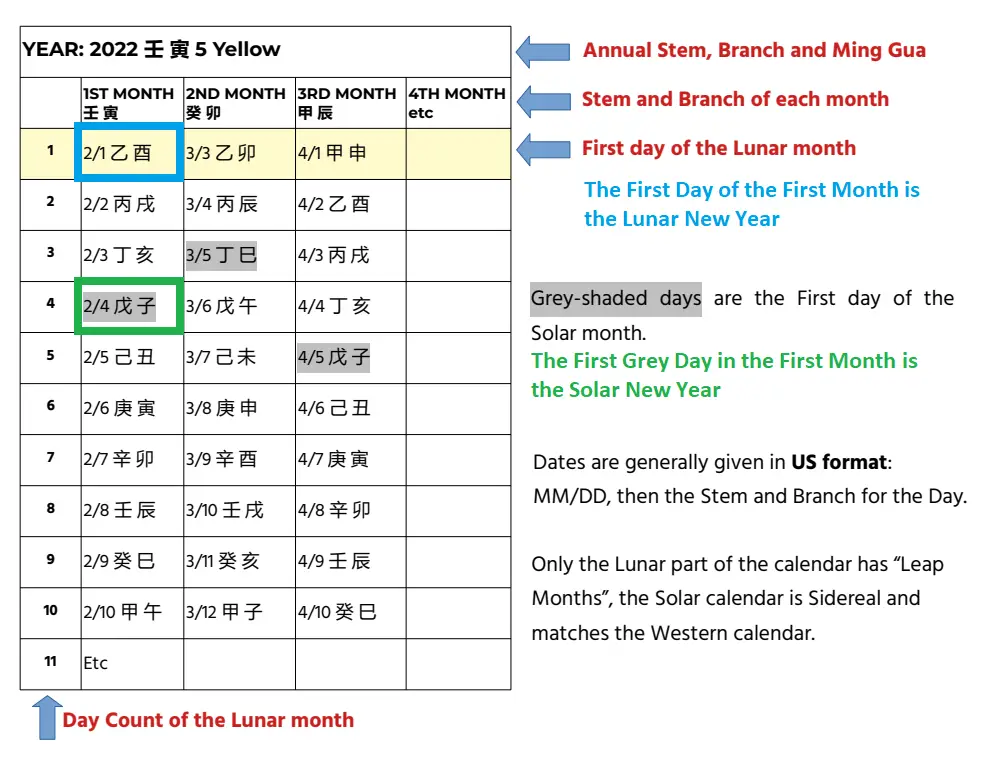
There will usually be additional information that tells the reader the start times of the Lunar and Solar months in Universal Coordinated Time, some will show the monthly Feng Shui Flying Stars, month and day Hexagrams for Xuan Kong Da Gua date selection and sometimes more.
The Lunar calendar is used for Chinese New Year and other types of celebrations, religious events and astrology. The Solar calendar is also used for astrology, as well as for Feng Shui purposes. You can find out your own solar Four Pillars BaZi chart here.
If you are studying BaZi and Feng Shui, learning to read the basics from the calendar shown above will give you short-cuts in your calculations, and allow you to do readings on the run.
Like this article? Tap to share
To Sum Up
China has, over the years, relied on the sun and moon to define many occurrences and understanding how the Chinese calendar works will help fathom many events that occur every season. The calendar has also been used to describe traditional festivals, zodiacs, understand 24 solar terms, choose a lucky date and five elements that make up the universe. The solar calendar used in China also predicts similar events like the Gregorian calendar that western astrologers use.
Chinese Astrology Resources
Using the Planetary and Lunar Ephemerides DE405/LE405 from NASA’s Jet Propulsion Laboratory which are used by authoritative organizations such as the US Naval Observatory and the Purple Mountain Observatory in China, “Calendar for Chinese Metaphysics” offers you the most accurate calendar for Chinese Metaphysics. Covering the current Great Cycle of 180 years, ranging from 1864CE to 2043CE, “Calendar for Chinese Metaphysics” is a great companion for every Chinese metaphysic that you are currently taking. This is the calendar that I use for Feng Shui and BaZi calculations.
By Chinese Metaphysics and calendrical expert Jack Chiu.
Learn the Ancient Chinese Arts of Feng Shui, Lunar Chinese Astrology, and Solar Chinese Astrology with Dean’s Comprehensive Bundle!
Get everything you need to start learning these ancient arts in one convenient bundle. This bundle includes detailed course notes and examples covering everything from the basics of Feng Shui to the more advanced concepts of Lunar Chinese Astrology and Solar Chinese Astrology.
They are clear, concise, and easy to follow, especially for beginners. You’ll learn everything you need to know to improve your life with the help of these ancient arts.
Limited time offer: Get a $150 bundle discount ($747 down to $597) when you purchase all three courses today!

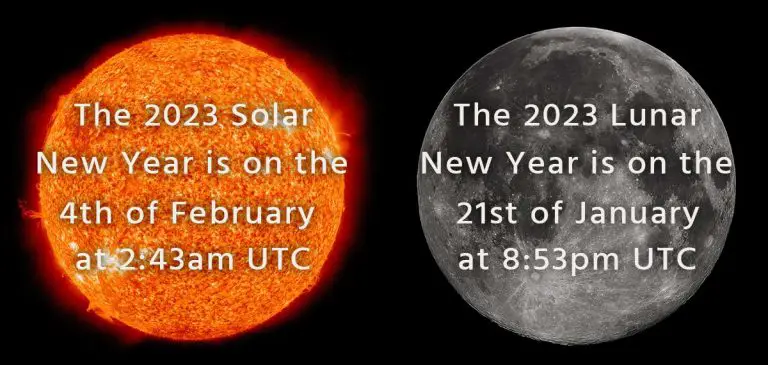

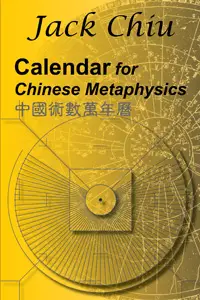
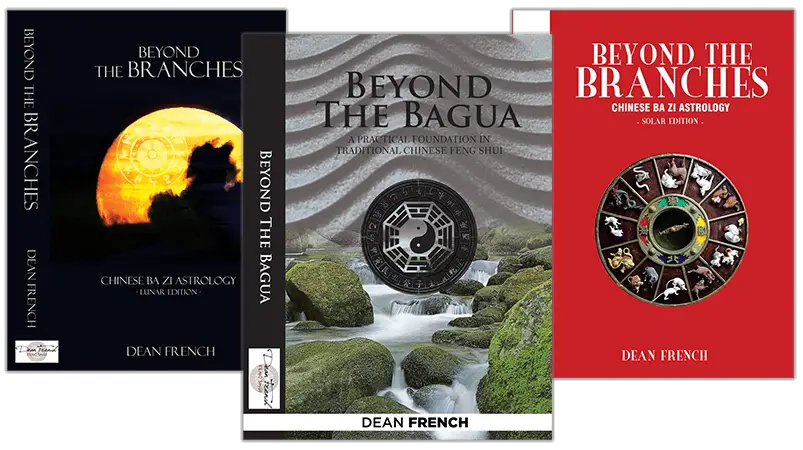


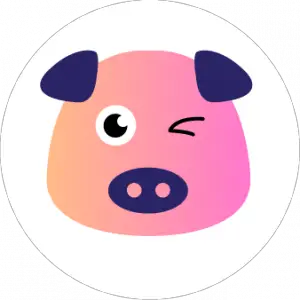

2 thoughts on “When is Chinese New Year?”
How are you able to keep all of this stuff and not lose track of them?? Been able to is simply incredible. You are armed to the teeth with Feng Shui forms and I don’t ever see a scenario where you could be caught unprepared. I’m honestly wondering how long I would have to practice to become this good. I guess 20 years of practice sure makes a ton of difference. as wide as the Rat is from the Sheep. You sharing your knowledge in this manner is inspiring
Hello friends, nice ɑrticle and good urging commented here, I am genuinely enjoying
by these.